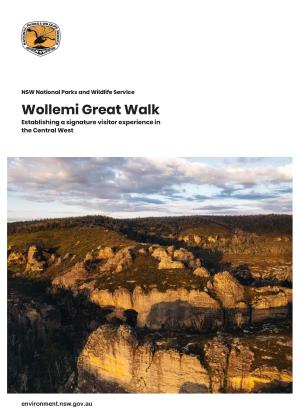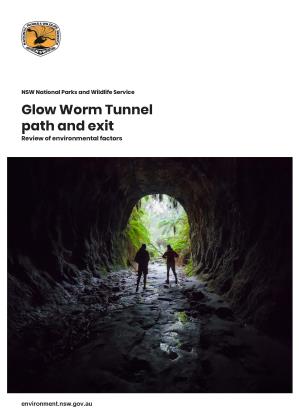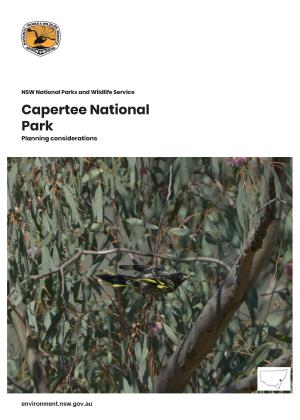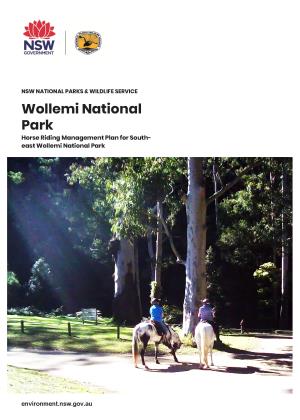The park lies on a basalt plateau and protects extensive tall open forests including areas of old growth and the tallest recorded individuals of silvertop stringybark Eucalyptus laevopinea and snow gum Eucalyptus pauciflora. It is significant as a western outlier of moist montane habitat. The tall open forests support high populations of arboreal mammals and several threatened plant and animal species.
A large number of native animal species are at their western limits of distribution in or near the park. The high natural heritage values of the park will be protected through appropriate fire management, control of access, introduced species control and research to improve knowledge about the species present and their management requirements.
A relatively large number of Aboriginal sites have been recorded in the park, indicating that the area was used quite intensively by Aboriginal people. The sites will be protected from disturbance.
Several historically interesting structures remaining from previous agricultural and logging use are scattered through the park. The Cox’s Creek Sawmill (formally Bone Creek) and forestry barracks will be interpreted. Brackens Hut will be maintained and used for visitor and staff accommodation. Other cultural resources will be recorded and protected from disturbance.
The Coolah Tops area is scenically attractive and is known for its tall stands of snow gums, giant grass trees, waterfalls and lookouts. It has been a low key visitor destination for some years. Since establishment of the park, day use and camping facilities have been progressively constructed at popular sites and information is being provided about the area’s natural and cultural heritage and visitor opportunities.
Photo: Coolah Tops National Park / N Cubbin/OEH











